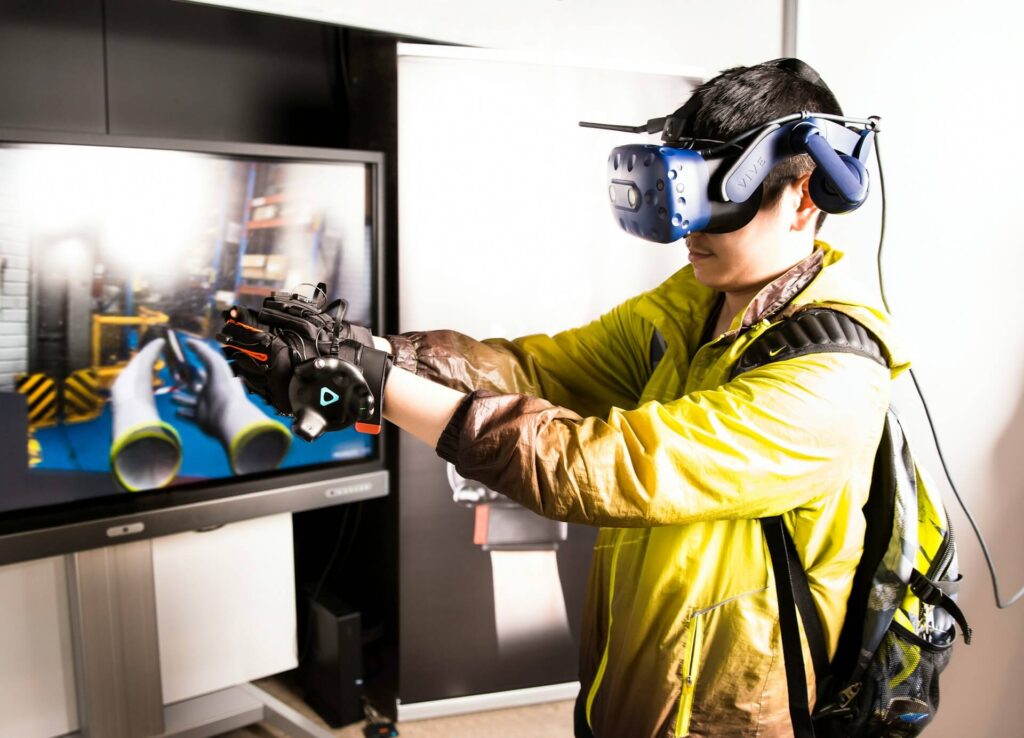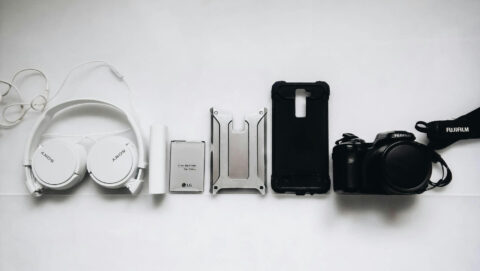In the 21st century, technology has ceased to be a luxurious add-on to our lives and has instead morphed into a fundamental, critical aspect of our daily existence.
The digital wave has led to remarkable advancements that few could have imagined a mere few decades ago. From the emergence of social networking sites to the proliferation of smartphones, modern technology has fundamentally transformed the way we communicate, work, learn, and play.
This transformation is on the cusp of leaping to the next level with emerging technologies such as Virtual Reality (VR) and Augmented Reality (AR), poised to redefine our daily experiences in unprecedented ways.
The Emergence of Virtual and Augmented Realities
Virtual Reality and Augmented Reality are two sides of the same coin, offering contrasting yet complementary experiences. VR immerses users in a simulated environment that can be similar to or completely different from the real world.
AR overlays digital information onto the physical environment, creating a composite view that provides a deeper understanding or enhanced experience. The implications for these technologies go far beyond just gaming and entertainment.
They are set to revolutionize a multitude of sectors, including education, healthcare, retail, and industry. By creating digital twin experiences, AR and VR empower users to interact with data and systems tangibly and immediately, leading to more profound engagement and insight.
AR and VR in Education
Imagine studying the solar system by virtually walking on the surface of Mars or exploring the human anatomy in three dimensions. AR and VR have the power to make the unimaginable real, and in the process, could transform our education systems.
These immersive technologies promise to make learning more interactive, personalized, and, most importantly, memorable. Students could engage with historical events as if they were right in the midst of the action, or conduct virtual experiments in a risk-free environment.
This approach has the potential to not only make education more effective but also make it accessible to those who might not have had the opportunity to experience such hands-on learning due to geographical or financial constraints.
AR and VR in Healthcare
The potential of AR and VR in the healthcare industry is nothing short of revolutionary. Medical professionals could use these technologies to plan complex surgeries, to train for procedures in a realistic setting, and to look inside the human body in ways that were previously impossible.
Patients are also set to benefit, with VR being used to manage pain, reduce anxiety, and even treat post-traumatic stress disorder (PTSD). The technology has already proven itself in the realm of exposure therapy, offering a controlled and safe environment for patients to confront their traumas.
AR and VR in Retail and Marketing
Retailers and marketers are leveraging AR and VR to create compelling and immersive shopping experiences. AR apps that allow users to ‘try on’ clothes or place furniture in their homes before buying are becoming more prevalent.
These experiences not only enhance the customer’s understanding and enjoyment but can also lead to increased sales and reduced returns.
In marketing, AR and VR campaigns are pushing the boundaries of creativity, with brands creating interactive experiences that engage consumers in new and exciting ways.
From virtual experiences that transport users into the heart of a brand story, to AR filters that bring products to life, the possibilities are vast and varied.
The Challenges of Adoption and Integration
While the potential for AR and VR is immense, there are still challenges that need to be overcome for widespread adoption and successful integration into everyday life.
These include technological barriers such as the high cost of hardware, the need for more powerful processing, and the challenges of creating content that is truly engaging and useful.
There are also social and ethical considerations to take into account, such as designing experiences that are inclusive and accessible to all, as well as addressing the risks of addiction and misuse of these technologies.
Privacy concerns also need to be addressed, as these technologies intrinsically involve the collection and processing of vast amounts of data.
Towards Augmented Living
Looking beyond the hype and future-gazing, the true value of AR and VR lies in their potential to augment our daily lives. These technologies can add layers of information and experience to the world around us, making routine activities more efficient, enjoyable, and rewarding.
Imagine using AR glasses to access contextual information about the world around you, or virtual meetings where participants gather in a VR space, transcending geographical boundaries. These technologies could redefine what it means to be present, to work, to learn, and to connect.
The Future of Tech Interaction
The future of tech interaction is necessarily intertwined with AR and VR, but it’s not just about the hardware and the software; it’s about the experiences these technologies enable.
The challenge for developers and creators will be to ensure that the interactive experiences are intuitive, useful, and enriching. This means understanding not just the capabilities of the technology, but also the needs and expectations of the end-users.
It’s an exciting time to be at the forefront of technology as we stand on the brink of a new era of digital interaction. The possibilities are limited only by our imagination and our ability to harness these technologies to their full potential.
In conclusion, the impact of AR and VR on everyday life is only just beginning to be felt. This is not just a revolution in technology, but a paradigm shift in how we experience the world. It will not happen overnight, and there are hurdles to overcome, but the potential benefits are too great to ignore.
As we move forward, the challenge will be to ensure that these technologies are used to their maximum positive effect, to enrich our lives and bring us closer together. Stay tuned, and be prepared to redefine the boundaries of your daily life, because the digital wave is just getting started, and the possibilities are boundless.
For more content on technology’s impact and other innovative discussions, continue to follow our blog for the latest insights and updates.










